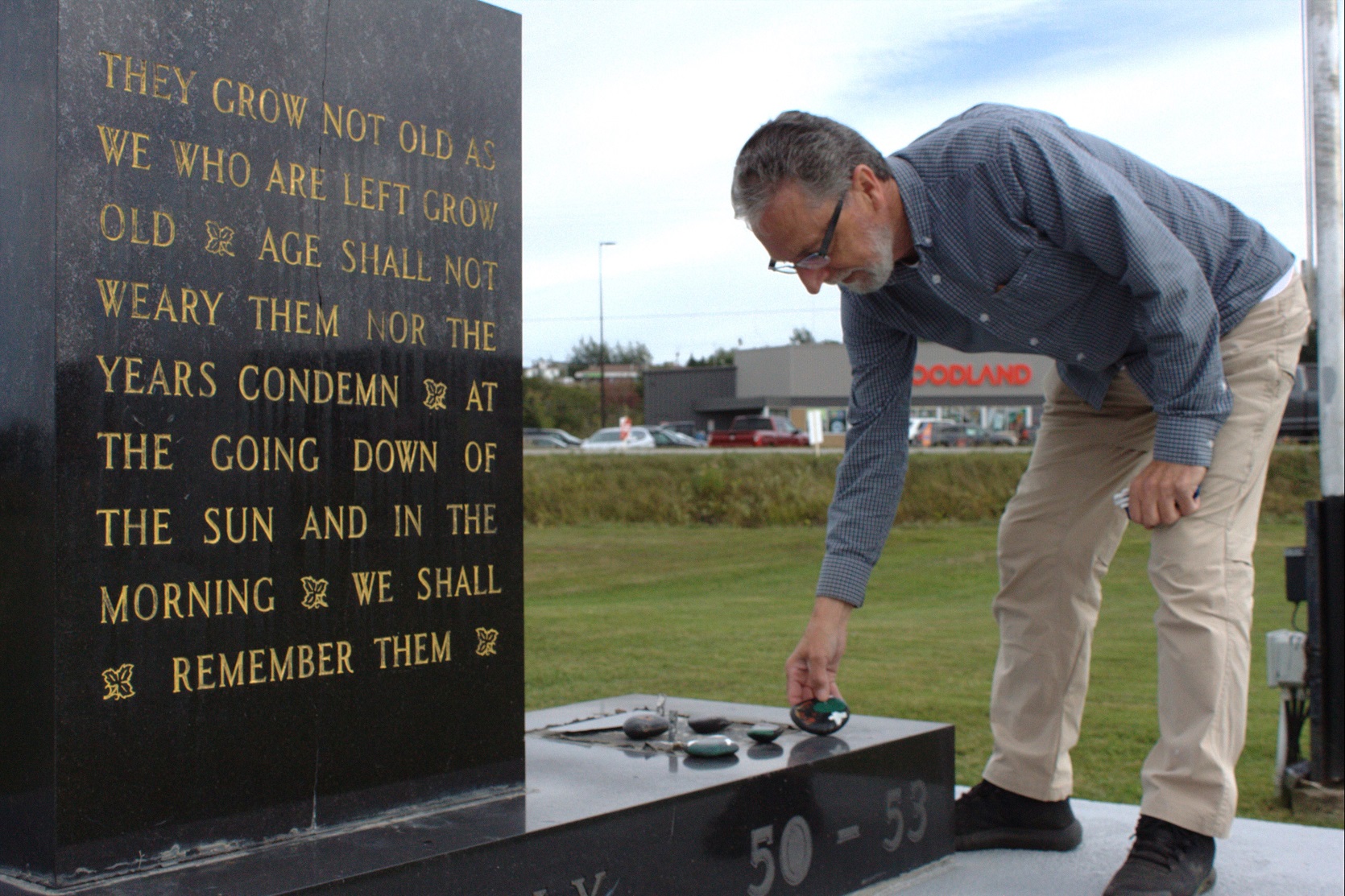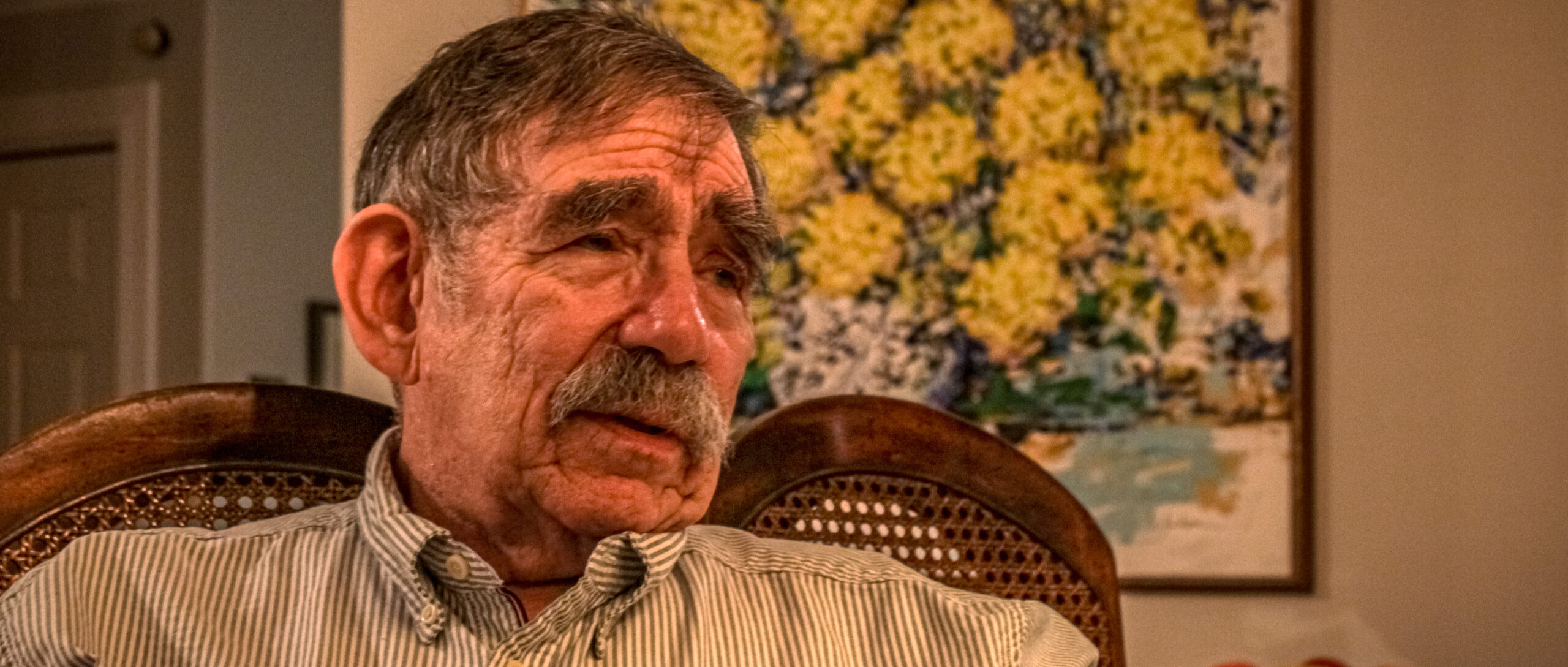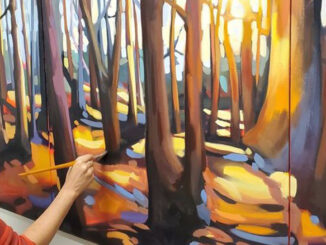Despite dwindling membership, Deer Lake legion soldiers on.
Griffen Stuckless
Kicker

Legions were once the centre of a community, bringing everybody together – but that tradition seems to be dying out with veterans.
Royal Canadian Legions used to be where the community would gather to drink, eat, play and dance. Nowadays, however, legion membership has dwindled and events see much less attendance.
According to an article by CBC, of the 45 branches of the legion in Newfoundland, 22 are on the verge of shutting down.
“It’s not our role to judge the wars that they were involved in or who sent them to war – it’s our role to remember and support them.” – Frank Gogos
Mike Green is an executive member of the Deer Lake Royal Canadian Legion who has grown up with the legion.
His father was a Second World War veteran. Now, after serving time himself with the Royal Canadian Navy in the 1970s and being a Royal Canadian Legion member for 50 years, he says the legion isn’t the central point of the community it once was.
“You don’t get the turnout like you used to,” Green said. “All them fellas from the war, they all used to all show up, and now you’d be lucky to get half the membership to show up.”
Green mentions the camaraderie just isn’t the same anymore.
“They all had a common thing – they all fought in the war together. They all had something that they had a relationship about,” said Green. “I found that as the old members went, the new ones comin’ in weren’t the same.”
It’s not just the members of the legion that have changed, however. Green believes a large part of the declining membership is due to societal changes – mainly because of different attitudes towards drinking and driving.
“I hate to say (they) got away with more, but I don’t think there’s any time that anyone stepped out of this legion and didn’t drive home,” Green said. “And they’d be here to two o’clock in the morning.”
Frank Gogos is the chairman and curator of the Royal Newfoundland Regiment Museum in St. John’s.
He preaches the importance of remembrance.
He says that places such as the museum and legion are invaluable in honouring those who gave their lives for future generations.
“It’s not our role to judge the wars that they were involved in or who sent them to war – it’s our role to remember and support them,” said Gogos.
While the times may have changed and membership may be lower – down to 99 in 2020 from 129 in 2007 for the Deer Lake legion – Green says the community still values and supports the legion.
“We had winds of about 110 km/h for three hours, coming in gusts. By the second round of it, it took most of the memorial.” – Mike Green
The legion memorial, a cenotaph dedicated to those who fought in wars past, used to stand proud in a field near the legion. It was a spot where people could go to remember veterans who gave their lives.
Sadly, most of the memorial is now piled up beside the legion after it was torn apart during Hurricane Dorian .
“Hurricane Dorian attacked us last year,” Green said. “We had winds of about 110 km/h for three hours, coming in gusts. By the second round of it, it took most of the memorial.”
Green says it will cost $38,000, not including taxes, to replace the memorial. Just over half of the memorial’s replacement funds have already been secured through government, federal and provincial, and the legion itself.
According to Green, he doesn’t think there will be an issue getting the community to help with the remaining funds.
On top of this, Green says Deer Lake residents have offered to help repair the cenotaph through other means as well. Free heavy-equipment rentals, materials at-cost and volunteer labour are just some of the things residents have offered.
The people of Deer Lake, recognize the role of the legion in remembering those who gave their lives in war, he says.
To Gogos, part of remembering these sacrifices is preserving things such as medals and the names of veterans.
“In the museum we take it very seriously when a family is making a donation of their grandfather’s or father’s artifacts from the war,” Gogos said.
He says it only takes one generation after a veteran’s death for a relative to question the historical worth of an old medal or artifact buried in a drawer.
“That happens a lot,” Gogos said. “Those medals actually represent that man or woman’s service, and it’s the last way to remember somebody. Eventually – even in families – that knowledge disappears.”
Note: This story was edited on Sept. 24 to correct the spelling of Mike Green’s name.




Be the first to comment